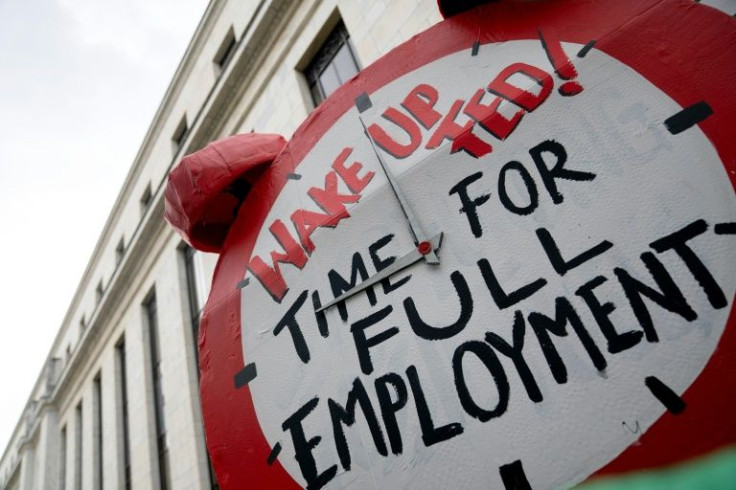Australia's Unemployment Rate Holds Steady At 4.1%, Defying Expert Predictions For September

Australia's unemployment rate has held steady at 4.1% in September, in line with the revised August figure, making it less likely for the Reserve Bank of Australia (RBA) to announce a pre-Christmas rate cut.
The Australian Bureau of Statistics (ABS) reported that the unemployment rate defied expert predictions that the employment rate would stand at 4.2%. The August rate was revised down to 4.1% from 4.2%, per ABS estimates.
"With employment rising by around 64,000 people and the number of unemployed falling around 9,000, the unemployment rate remained at 4.1%, where it has generally been over the past six months," Bjorn Jarvis, ABS head of labour statistics, said in the statement.
"Employment has risen by 3.1% in the past year, growing faster than the civilian population growth of 2.5%. This has contributed to the increase in the employment-to-population ratio by 0.1 percentage point, and 0.4 percentage points over the past year, to a new historical high of 64.4%," Jarvis added.
Australia's economy added 64,100 jobs in September, whilst the prediction was of 25,000. The key driving factor of the growth was 51,600 new full-time positions, while the participation rate reached a record 67.2%.
The boost in the labor market has helped thousands of households weather the sharpest inflation storm and interest rate hikes in three decades.
However, the declining job postings present a contrasting picture of weakening employment. The Treasury and the Reserve Bank of Australia data estimates that September's robust growth will dwindle as the unemployment rate will increase from 4.4% to 4.5%, The Guardian reported.
"This is the first and only time any government of any political persuasion has overseen the creation of a million new jobs in a single parliamentary term," Treasurer Jim Chalmers said. "We welcome the fact that the majority of these million new jobs are full time and around half are for women."
© Copyright 2025 IBTimes AU. All rights reserved.





















